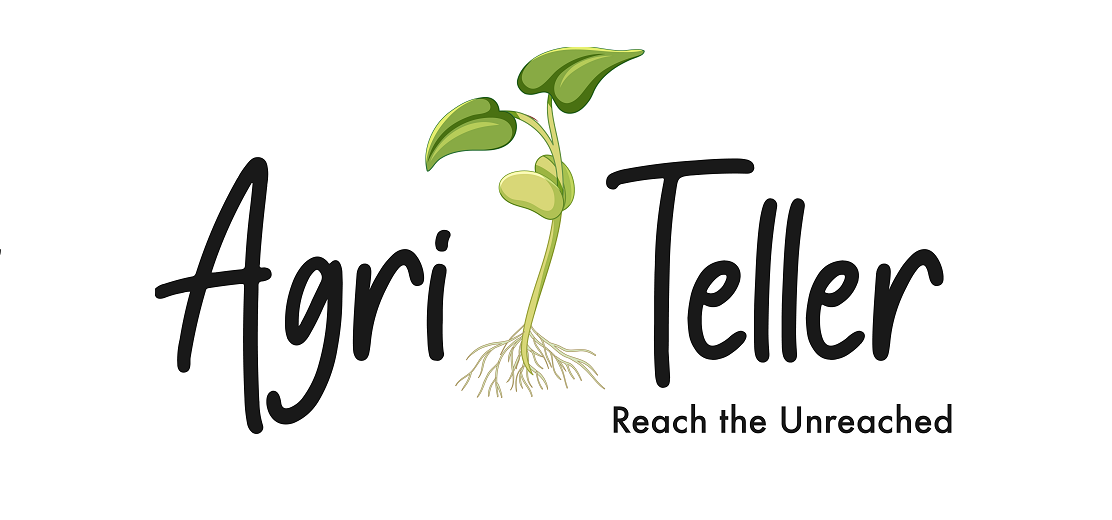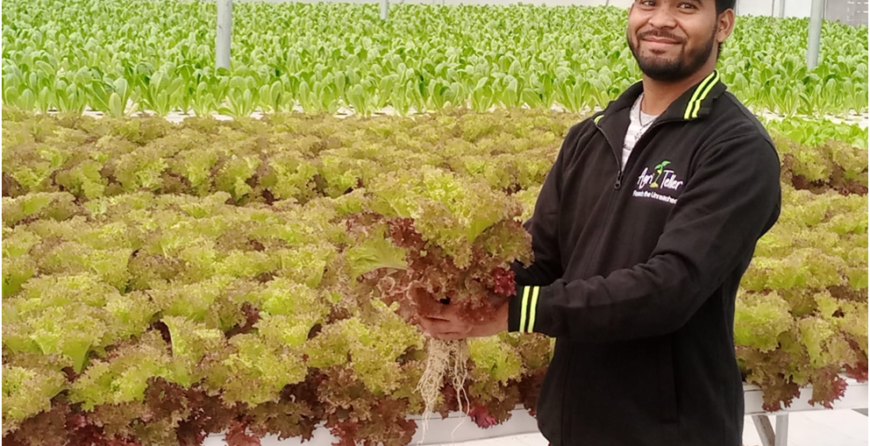
Deep Water Culture (DWC) and Nutrient Film Technique (NFT) are two popular hydroponic systems used for cultivating plants in a controlled environment. Both methods provide plants with a highly oxygenated and nutrient-rich solution, allowing for faster growth and higher yields. However, there are distinct features and differences between DWC and NFT that make each system unique. In this article, we will explore the features of Deep Water Culture and Nutrient Film Technique and compare them to help you choose the most suitable option for your hydroponic endeavors.
Deep Water Culture (DWC):
Deep Water Culture, also known as the reservoir method, is a hydroponic system that involves suspending plant roots in a nutrient-rich solution. Here are some key features of DWC:
Root Submersion: In DWC, the plant roots are fully submerged in the nutrient solution, which is constantly aerated using air stones or diffusers. This provides an abundance of oxygen directly to the roots, promoting rapid growth and nutrient absorption.
Simplicity: DWC is considered one of the simplest hydroponic systems to set up and maintain. It requires a reservoir to hold the nutrient solution, an air pump for aeration, and a platform to support the plants.
Stability: The large volume of nutrient solution in DWC acts as a buffer, providing stability to the system. It helps maintain consistent nutrient levels and pH, reducing the risk of fluctuations that can stress plants.
Versatility: DWC is suitable for growing a wide range of plants, including leafy greens, herbs, and larger fruiting plants. It allows for the cultivation of multiple plants in a single reservoir, making it an efficient option for growers with limited space.
Nutrient Film Technique (NFT):
Nutrient Film Technique is a hydroponic system that involves a thin film of nutrient solution flowing over the plant roots. Here are some key features of NFT:
Continuous Flow: In NFT, a thin film of nutrient solution is continuously circulated over the plant roots in a sloping channel. The roots are exposed to the nutrient film, allowing them to absorb the necessary water and nutrients. Excess solution then drains back into the reservoir for recirculation.
Shallow Nutrient Film: The nutrient film in NFT is shallow, typically around 1-3 millimeters deep. This ensures that the roots have access to both air and nutrients. It also promotes efficient nutrient uptake while minimizing water usage.
Minimal Growing Medium: NFT uses minimal growing medium or substrate. The roots rest on a sloping channel or strip, allowing them to access the nutrient film without being fully submerged. This reduces the risk of root suffocation and allows for easy inspection and maintenance.
Ideal for Small Plants: NFT is particularly suitable for growing small plants with a shallow root system, such as lettuce, herbs, and strawberries. It may not be ideal for larger plants or those with extensive root systems, as they may require additional support.
Comparison:
While both Deep Water Culture and Nutrient Film Technique offer advantages in hydroponic cultivation, they have distinct differences. Here’s a comparison of the two systems:
Root Environment: DWC provides a fully submerged root environment, ensuring maximum oxygenation, while NFT offers a shallow nutrient film that allows for a balance of air and nutrients.
Nutrient Solution Usage: DWC requires a larger volume of nutrient solution to fully submerge the roots, leading to higher water usage compared to NFT, which uses a thin nutrient film.
Complexity: DWC is simpler to set up and maintain, making it a popular choice for beginners. NFT requires careful monitoring of the nutrient film thickness and flow rate to ensure optimal plant growth.
Plant Support: DWC provides more support for larger




